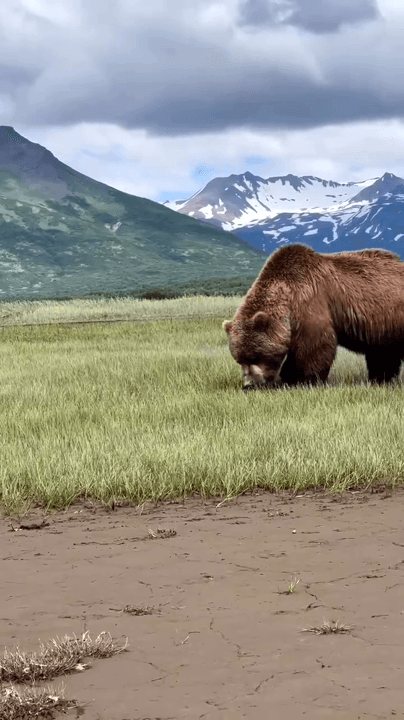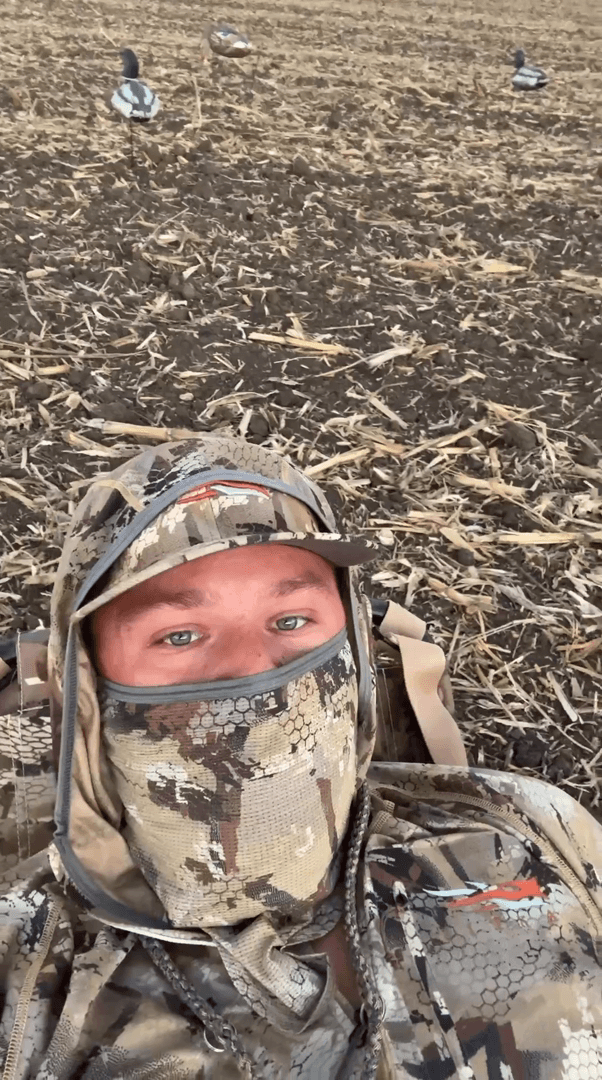
Finnmark Hunting Regions in Norway: A Hunter’s Paradise. Geographical and Natural Features, Hunters and Demographics and Hunting Characteristics Geographical and Natural Features: Exploring the Landscape and Ecosystems Finnmark, located in the northernmost part of Norway, is the largest and least populated county in the country. Its vast landscapes include tundra, mountains, forests, and coastal areas, making it a prime location for hunting. The region is home to diverse ecosystems, including the Arctic tundra and the boreal forest, which provide ideal habitats for a variety of game species. The harsh climate, with long winters and short summers, adds a unique challenge to hunting in this region. Hunters and Demographics: Understanding the People Behind the Tradition Finnmark has a relatively small population, with around 75,000 inhabitants. Despite its low population density, hunting is a popular activity, with approximately 5,000 registered hunters in the region (2025 data). Hunt
Post: 16 May 12:28
















































